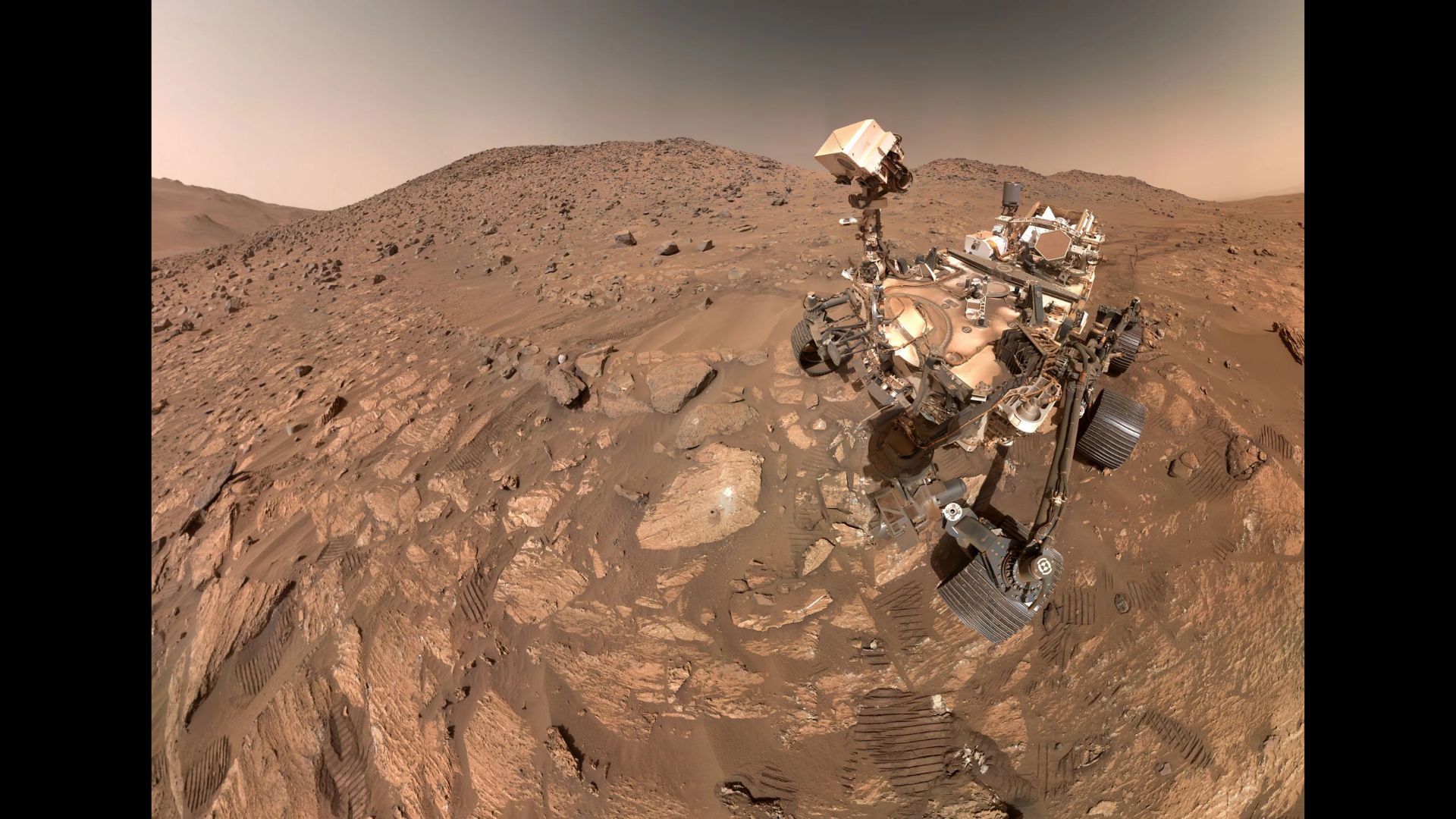Cooler Pacific Connected to Medieval Famines

Famines in Medieval Europe may have been the result of a cooler Pacific Ocean tens of thousands of miles away, a new study suggests.
A cooler central Pacific Ocean during Medieval times has been connected with a drier climate and drought conditions in Europe and North America at the time, and that may be responsible for famines and the disappearance of cliff dwelling people in the American West, according to a new study in a recent issue of the journal Geophysical Research Letters.
The researchers found that temperatures on the ocean's surface at the time were unusually cold — similar to the phenomenon known as La Niña, or El Niño’s cooler cousin — in the central Pacific Ocean.
La Niña refers to the periodic cooling of ocean surface temperatures in the central and east-central equatorial Pacific that typically occurs every three to five years. El Niño events, with warmer water, fuel high-level winds that cross America and tend to lop off the tops of Atlantic storms and keep them from developing into hurricanes. La Niña events tend to favor the development of hurricanes in the Atlantic, but can also lead to extended droughts.
"We've known for some time the connection between El Niño and La Niña and the weather conditions in North America and Europe," said study co-author and climate scientist Robert Burgman of the University of Miami. "La Niña-like conditions, such as those we found, can cause persistent drought, and as we know warm conditions cause increased precipitation."
Global climate connections
Global climate connections like this might surprise some people. In fact, hurricane formation off the coast of Africa, in the Atlantic, is also enhanced or limited by the El Niño cycle.
Get the world’s most fascinating discoveries delivered straight to your inbox.
Fossil coral from the Palmyra Atoll in the central Pacific Ocean allowed the researchers to peer back in time and reconstruct sea surface temperatures from the period 1320 to 1462, to simulate medieval climate conditions with a state-of-the-art climate model.
The researchers compared the differences between medieval and modern climate models and then with paleo-records such as tree-rings and sediment samples from around the globe. The comparison found that the sea surface temperature dropped only one-tenth of 1 degree during the 142 years studied, but that change may have been enough to cause arid conditions in North America and Europe.
The Anasazi people — who lived in dramatic cliff dwellings near what later became known as the Four Corners area at the intersection of the states of Utah, Colorado, New Mexico and Arizona — left their settlements at Mesa Verde and other locations some 600 years ago without explanation. A prolonged drought is thought to be one of the contributing factors to their departure.
Warm periods and ice ages
In Europe, the study period was preceded by three years of torrential rains, which led to the Great Famine from 1315 to 1320, and marked the transition from the Medieval Warm Period to the Little Ice Age, which began in the mid-1500s. During that time, extreme weather conditions were thought to be responsible for continued localized crop failures and famines throughout Europe during the remainder of the 14th century.
"The marriage of complex climate models with paleo-records of sea surface temperature and other climate variables provide valuable insight to climate scientists who wish to understand climate variability and change before the instrumental record," Burgman said.
Warning that the Palmyra Atoll data only represents one data point, Burgman emphasized that he would like to test his idea with data from other oceans.
"If we can fill in the gaps with data from corals and other records from the Atlantic, Pacific, and Indian oceans, we'll have a better idea of what has happened to the global climate over time," Burgman said.
- The World's Weirdest Weather
- Earth in the Balance: 7 Crucial Tipping Points
- The World's Biggest Oceans and Seas



